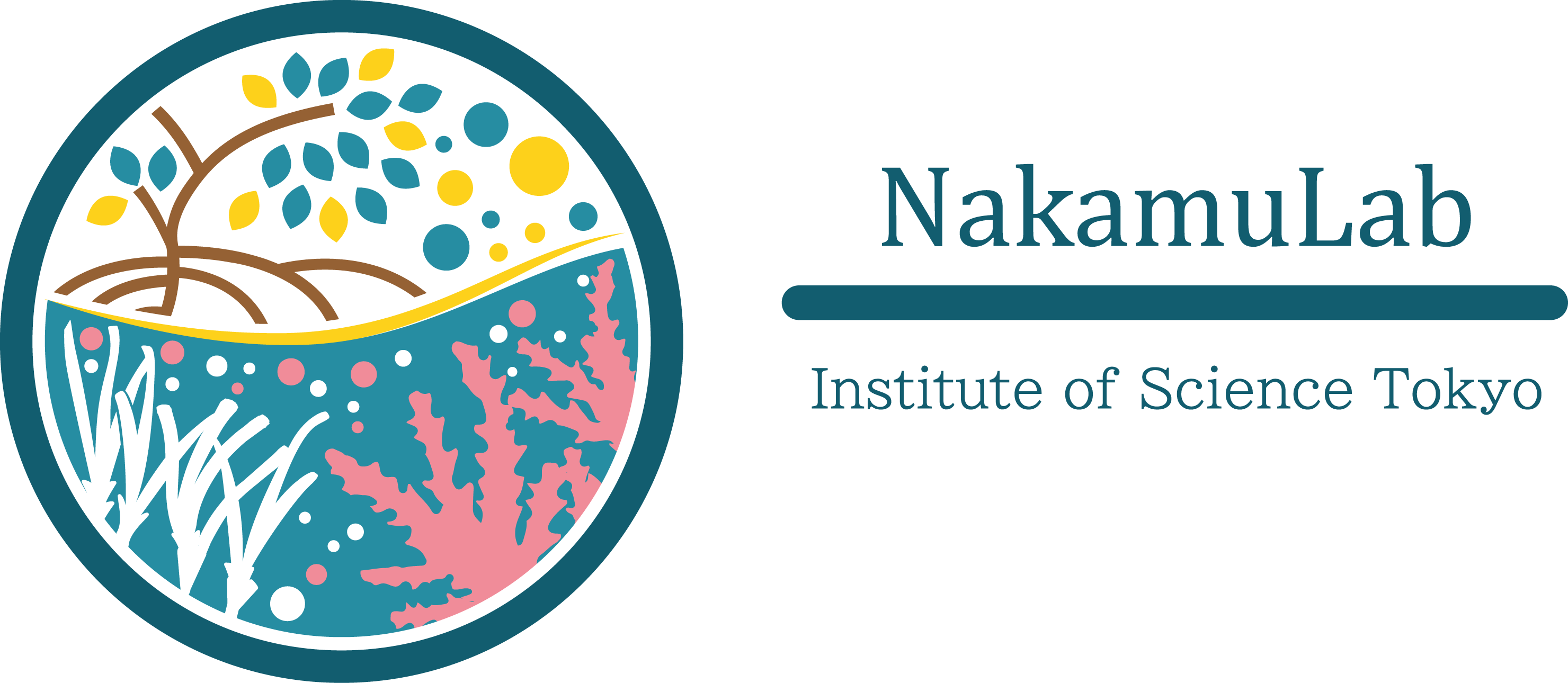Material Cycling in the Coastal Ecosystem
The term “Blue Carbon” has been increasingly gaining scientific interest in recent years, and it refers to how shallow-water ecosystems accumulate large amounts of carbon. It is also known that various types of organic matter are widely dispersed in such areas due to high levels of biological activity. By applying various geochemical methods in coral reef, seagrass, and mangrove areas, such as 24-hour or spatial water sampling, mesocosm experiments, and core sampling, it may be possible to estimate the fluxes of carbon, nitrogen, phosphorus, and so on, between different compartments in the ecosystem. Through our research, we hope to properly quantify how much is accumulated in each compartment as well as the inflow and outflow fluxes into and out of the system, and elucidate whether such is taken in, accumulated, or otherwise returned to the environment.
Coral reef in-situ mesocosm experiment
